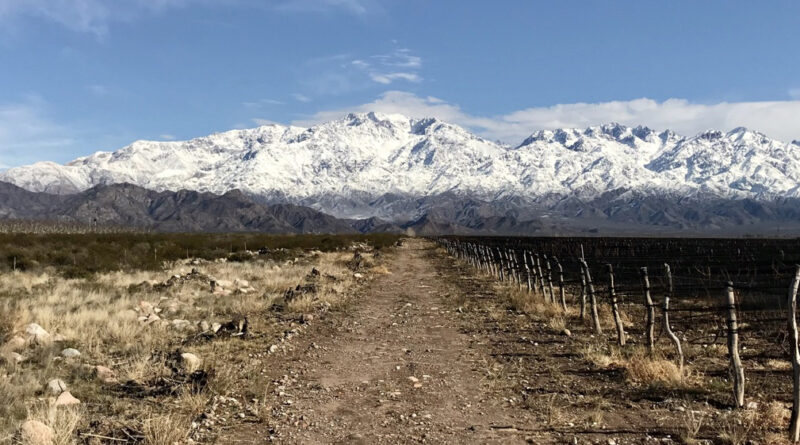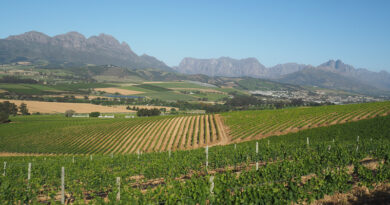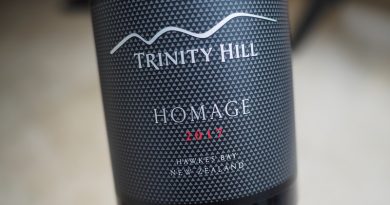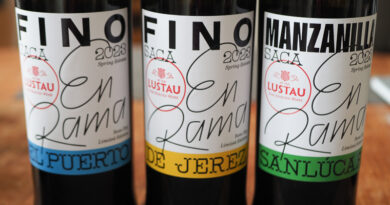Deep roots steady Argentina’s small producers amid economic uncertainty
Inflation, a challenging home market and the soaring price of garlic are testing the mettle of Mendoza’s small independent producers, but their connection with the land is proving deeper than any economic trough. Lisse Garnett revisits De Angeles in Vistalba, Lujàn de Cuyo and Finca Suarez in Paraje Altamira, Uco Valley.
The vineyards of De Angeles and Finca Suarez sit on fabled terrain, surrounded by world famous wineries at the elevated foot of the Andes in Argentina’s Mendoza region. Nineteenth century European migrants, most prominently the French agronomist Michel Aimé Pouget, brought to this region knowledge of modern winemaking as well as French and Italian vine cuttings. Between 1847 and 1939 some seven million European migrants moved to Argentina. Most of the big future names in Argentinian wine were amongst them. Drawn to the underpopulated, wide-open country about Mendoza they set up small farmsteads or Fincas and planted vines in land that reminded them of home.
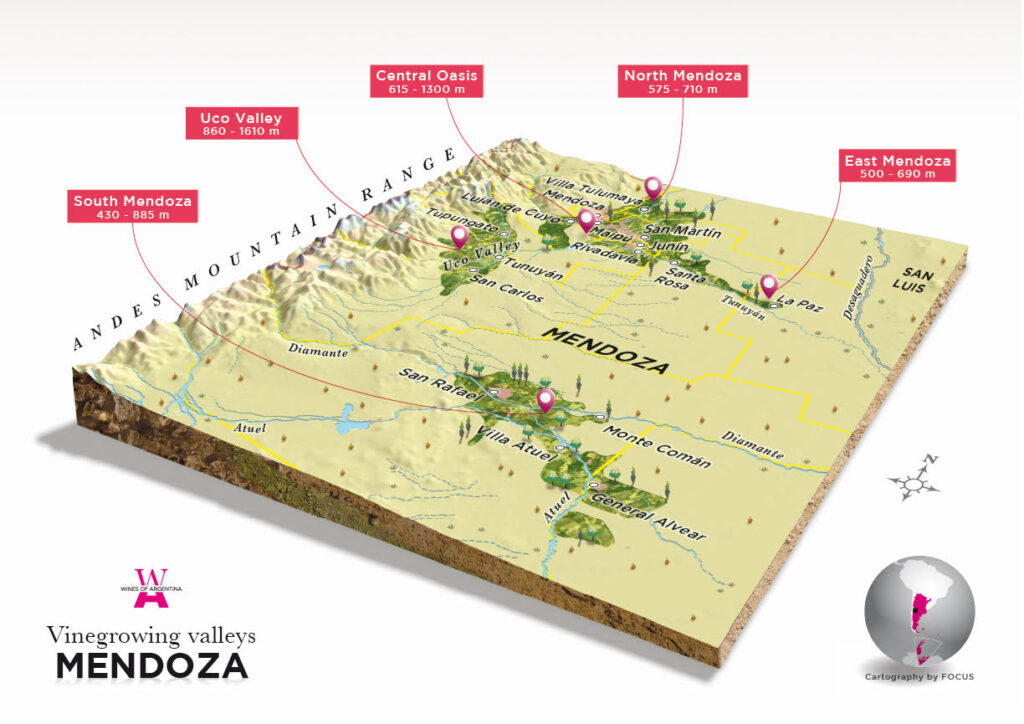
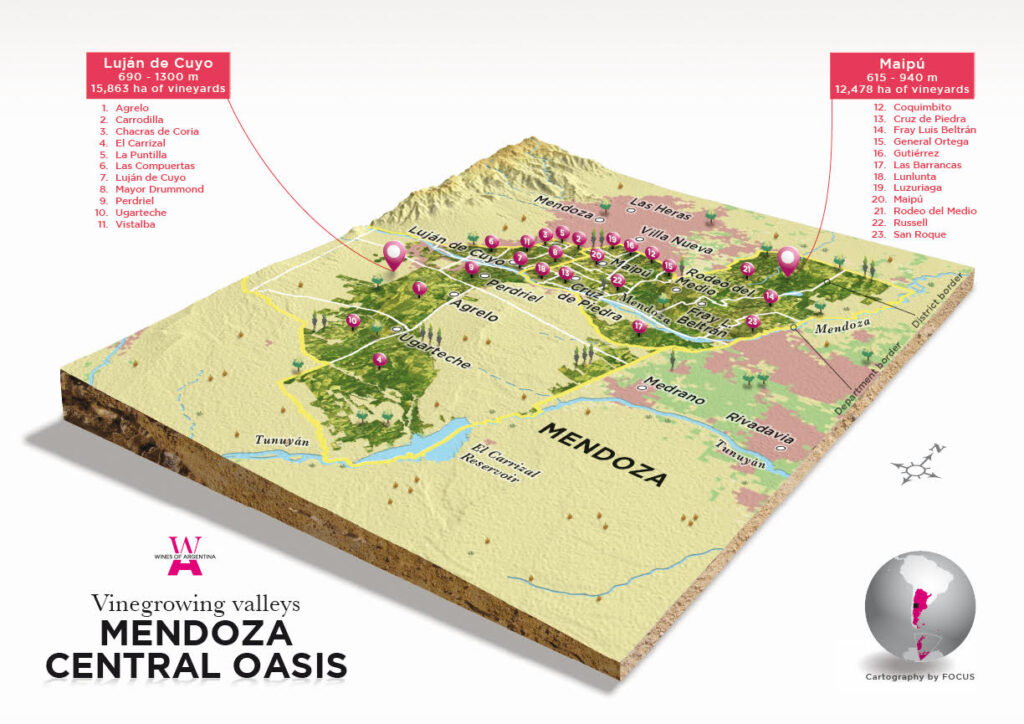
The vineyard of De Angeles is situated at the highest point of Mendoza’s prime wine zone in Vistabla. It boasts un-grafted vines documented in the first Argentine census of 1924. Parcelled up into six plots by the original Tuscan settlers, the vineyard is reflective of today’s understanding of terroir even though it was planted a hundred years ago. Owned by Guillermo Barbier’s family since the 1960s, the entire crop had been sold to discerning winemakers keen to acquire precious old vine grapes. Eighteen and a half hectares of the 20 hectare property are under vine. Fifty percent of the crop goes into their own wine production and is vinified in a small but beautiful newly built onsite winery.
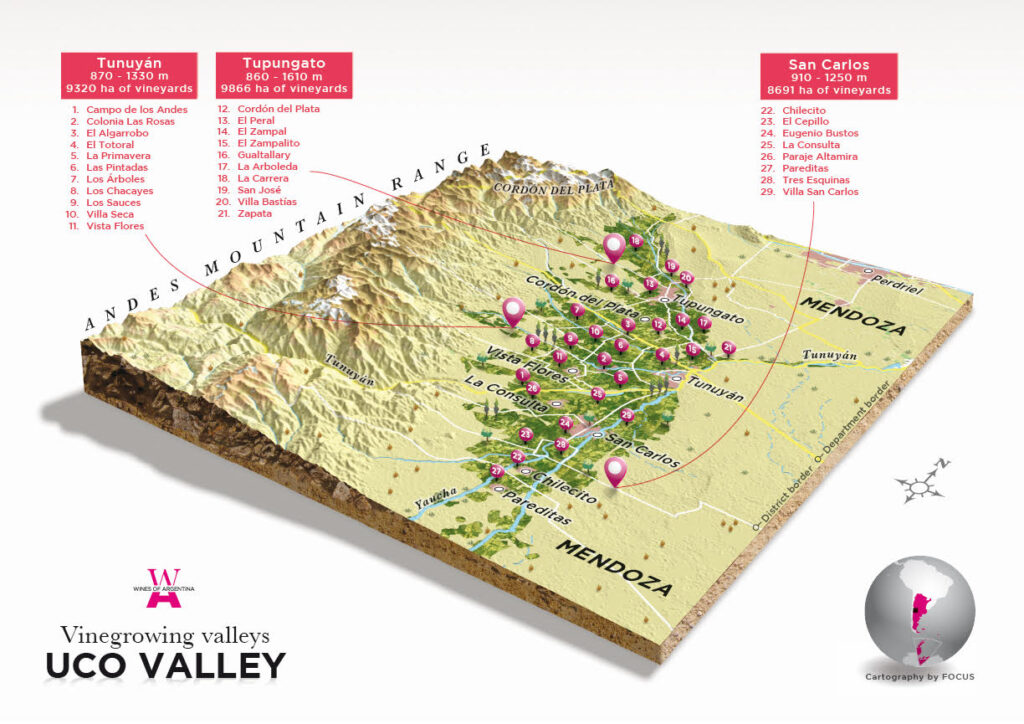
Finca Suarez sits next door to Zuccardi right in the heart of the Paraje Altamira GI (Geographic Indicator – Argentina’s terroir delineation). This was the first GI to be redefined based on terroir rather than political boundaries. Bought by Juanfa Suarez’s great grandfather Leopoldo in 1921, who established an experimental winery, the land had to be farmed for other more economically viable fruits in past economic crises. It was returned to grape production by Juanfa’s father. Today Juanfa vinifies 20% of the grapes for his own wines and sells the rest to surrounding wineries. He hopes to build his own winery but inflation and low grape prices make that dream ever more distant despite the huge success of his wines.
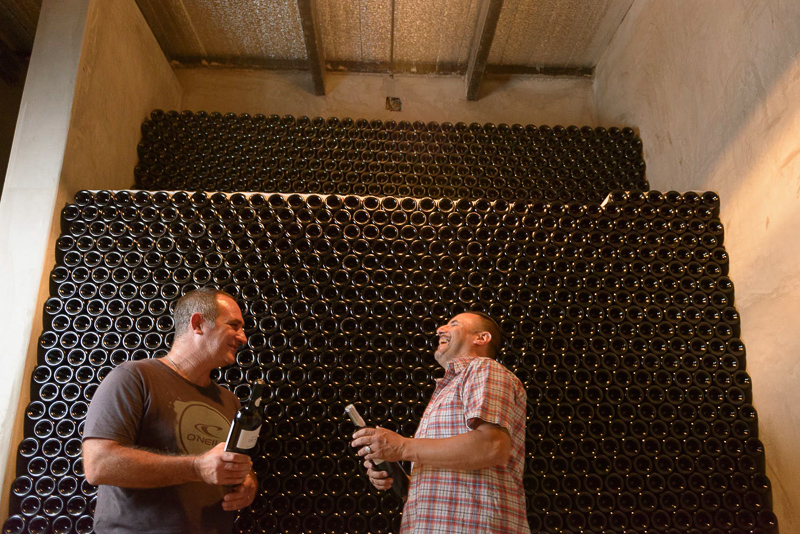
DE ANGELES
Business is good. Even in lockdown they’ve seen their plaudits rise exponentially, their wines awarded 96 point scores and attaining First Growth Status (Tim Atkin’s Special Report 2020). Demand for their prestigious wines is high and increasing according to Guillermo with the UK, Brazil and the USA his biggest customers. De Angeles Gran Malbec retails for nearly £50 in the UK. Guillermo says the domestic market for their wines is also strong despite high inflation. Argentina remains a wine-consuming country and while demand had been dropping, pre-covid figures suggested a growth in the more premium niche market. The new Peronist government led by pragmatic moderate Alberto Fernàndez seek to grow internal markets and boost exports. The last Peronist government led by his deputy, leftist populist, Christina Fernàndez de Kirchner, adopted a protectionist approach, refusing to grant import licences to foreign wines.
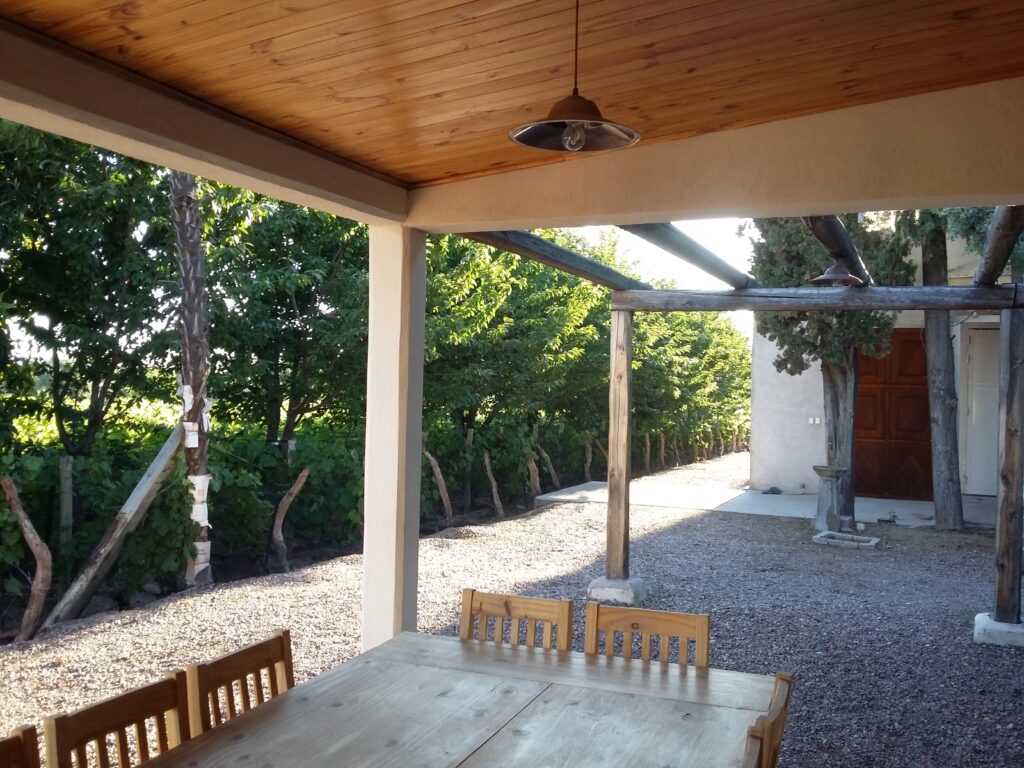
Guillermo is an engineer by trade but he felt the pull of the vineyard and began spending as much time as he could there. He decided to seek a business partner in the early 90s. At that time Argentina was starting to make quality wines. Producers like Zapata, Chandon and Ruitini were influencing world markets and consequently international consultants like Paul Hobbs and Michel Rolland were in the country. He had the opportunity to form a joint venture with Cheval dos Andes and for the next ten years, from 1995 until 2005, he produced grapes solely for them. He also sold fruit to Michel Rolland, Viña Cobos, Archaval Ferrer, Zuccardi and Marcelo Pelleretti, among others. Meanwhile he took every opportunity to learn about viticulture from visiting international consultants whilst continuing to work full time as an engineer. In 2007 he started De Angeles and began making his own wines with the help of experienced winemaker Juan Manuel Gonzàlez. This was to prove a good partnership.
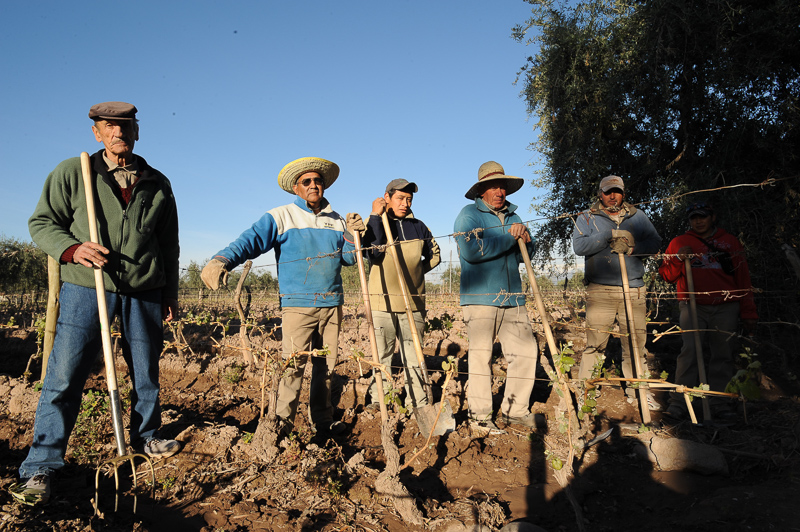
Today they grow 70% Malbec and 30% Cabernet Sauvignon with a half hectare in total of Semillon, Cabernet Franc and Petit Verdot. Michel Rolland advised Guillermo early on not to grow too quickly, and he listened. The future for De Angeles looks very bright indeed.
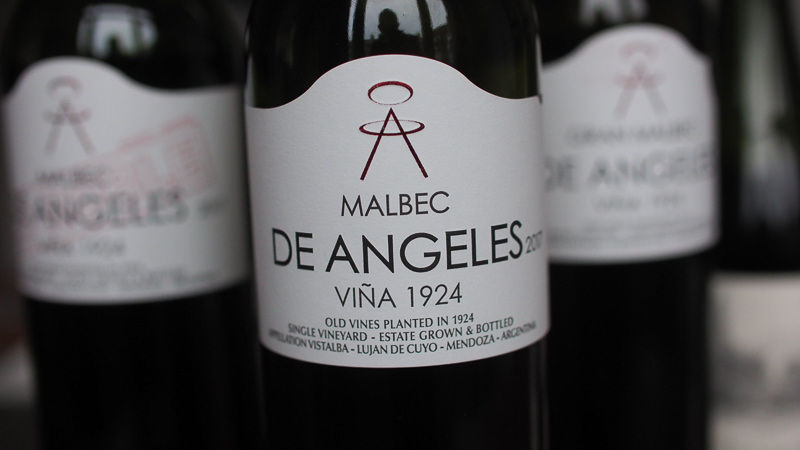
THE WINES
Notes by Jamie Goode
De Angeles Malbec Viña 1924 Sin Robles 2017 Vistalba, Mendoza
14.5% alcohol. This is fruity and rounded with sweet red berries and a rounded, sweet cherry fruit character. It’s sleek and quite lush, with fruit to the fore. Really textured and smooth with a slight salty finish. This is a ripe wine, but it has concentration and balance. 92/100
De Angeles Viña 1924 Malbec 2017 Vistalba, Mendoza
14% alcohol. Supple, fresh and juicy with some spicy depth and sweet black cherry and blackberry fruit with some lushness. It has a fine-grained structure with freshness allied to the richness. Bold and beautifully balanced with layers of flavour. A ripe wine, for sure, but with great balance and a slight saltiness on the finish. 93/100
De Angeles Viña 1924 Gran Malbec 2015 Vistalba, Mendoza
14.5% alcohol. Concentrated, sweetly fruited and lush, with sleek black cherry fruit and notes of liqueur cherry and sweet herbs. It’s very smooth and sleek. This is made in quite a blockbuster style with very ripe, luxurious fruit. For my palate it may be a little too ripe, but some will really love this style. . 93/100
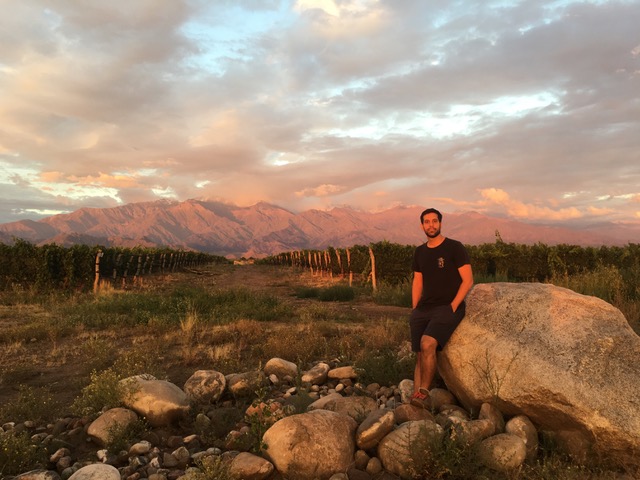
FINCA SUAREZ
The wines of Finca Suarez in Paraje Altamira have been making waves internationally. Juanfa Suarez has only been making his own label wines since 2013 and does not yet have an onsite winery. He is the fourth generation of his family to farm this land and he was instrumental in defining the boundaries of the new Paraje Altamira GI, joining forces with other small growers to forge a louder voice. This is prized winemaking country and Juanfa’s winemaking neighbours are the highly respected Zuccardi family. Their fairly recent arrival and substantial investment in a state of the art winery shows how sought after this limestone-laden sandy terroir is.
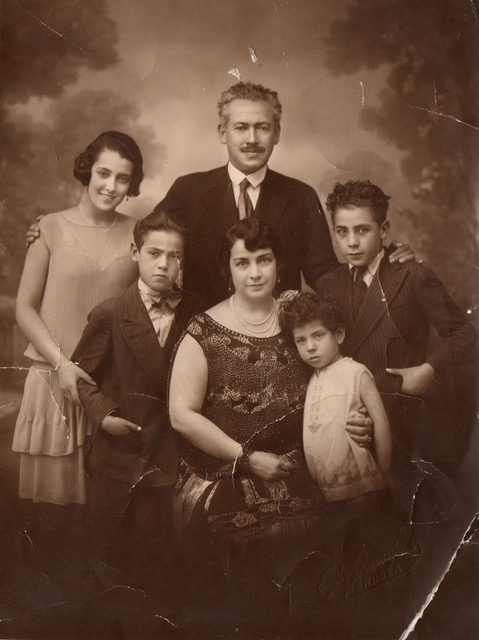
Juanfa’s Great Grandfather bought this tract of stony desert land in 1921. He established an experimental winery and wrote a botanical book in which he endorsed growing Malbec in the soils of Paraje Altamira.
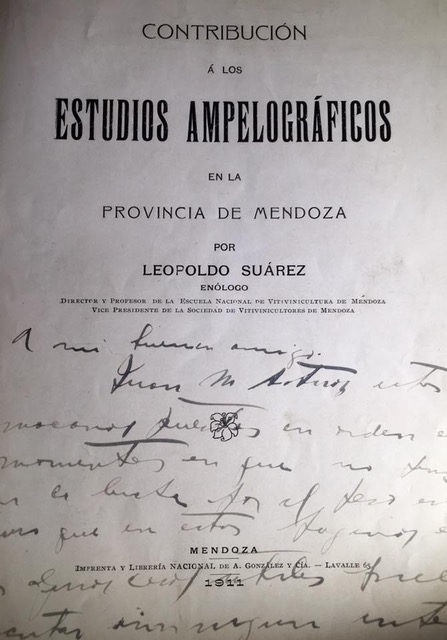
In 1911 Malbec already made up 50% of the local grapes. At the time this land wasn’t highly prized but Leopoldo felt it offered great potential for wines. His son, Juanfa’s Grandfather, was forced to plant apples and pears to survive economic fluctuations. Returning the land to grape production has been costly.
Today Juanfa farms 40 hectares in total, predominantly Malbec but with four hectares of Chardonnay, three of Cabernet Sauvignon, one Semillon and one of Pinot Noir. His portfolio is impressive and varied – he also has another label, Rocamadre, that aims to challenge traditional perceptions of Argentine wine by making wines in a new wave style, one of which is a Pet Nat.
This past year has been a tough one for Juanfa and grape growers generally. Inflation has been at least 20% so wages are worth 20% less. He says the internal market for wine is being affected. Grape prices have remained the same for the past three years-a significant drop in value. Not only that but Mendoza’s thriving garlic industry is experiencing a boom and pays pickers better wages. The pressure to find labour last harvest was exacerbated by the pandemic. Juanfa had to take some of the money he earned from wine to subsidize the pick. There is a tradition of small holdings locally with larger operations further down the Uco Valley but this may change if financial survival depends on economies of scale. New government may bring change but it’s too soon to tell, and Argentina has a strong tradition of running from one fiscal crisis to the next with little long-term planning.
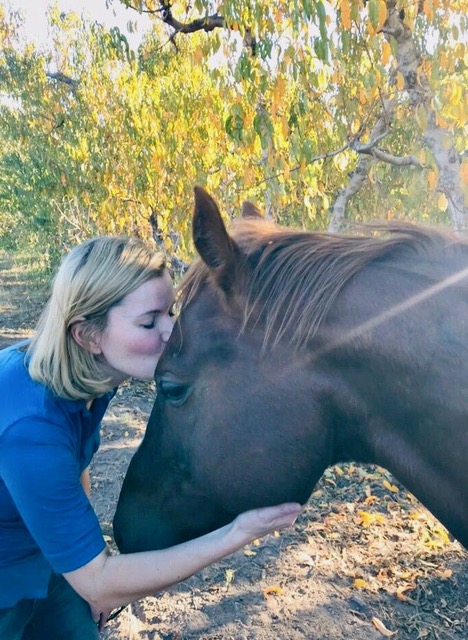
Juanfa remains steadfast and optimistic, there are, he says real advantages to remaining small. The past year was a hot one and harvest took place three weeks sooner than previously. Alcohol levels were still sky high. Independent wine making operations like his were able to be nimble and pick early whilst larger operations were sometimes forced to pick over ripe grapes. Juanfa is fiercely in favour of sustainable farming practices and terroir driven wines made with indigenous yeasts. He and his wife have just completed a restoration of their modest Finca. It is a beautiful place to live and raise a family at the foot of the Andes mountains. Like all of the farms about the desert land of Mendoza they rely on Andean meltwater to irrigate their crop. This is still facilitated via channels dug by the unfortunate Huarpe Indians who farmed here in the 15th century. I asked Juanfa if he would ever consider selling up to cash in on what must be valuable real estate and he looked shocked, ’Never!’ he answered. His two-year-old son Pedro came running in and jumped up singing onto his lap. It is Juanfa’s dearest hope that he will one day become part of the fifth generation of the Suarez family to farm the soils of Paraje Altamira.
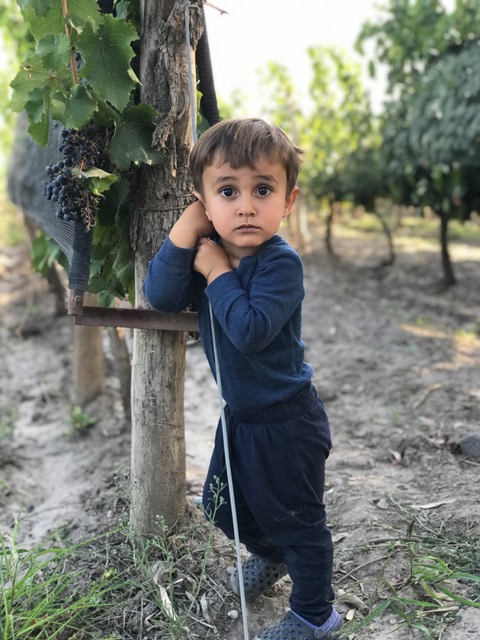
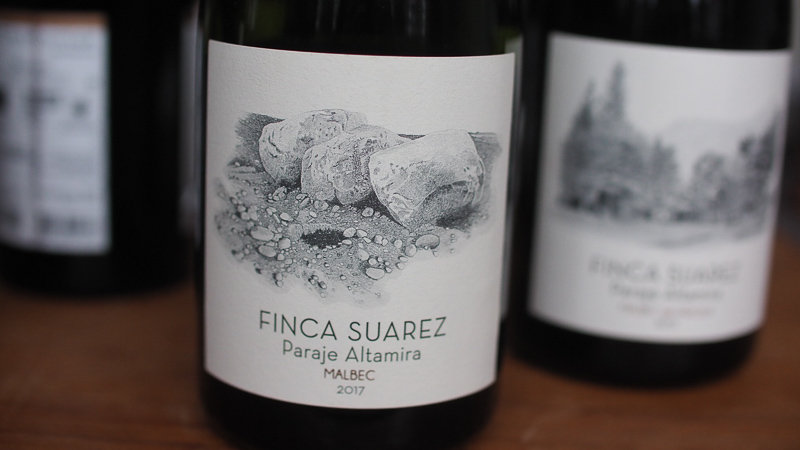
THE WINES
Notes by Jamie Goode
Finca Suarez Paraje Altamira Malbec 2017 Mendoza
14% alcohol. This is fresh and lively with some saltiness. It’s got a little lift on the nose which shows floral, expressive with a slight sappy edge to the juicy cherry and berry fruits. There’s a lovely freshness here with a fine grainy structure. Such drinkability. 93/100

Rocamadre Blanco 2020 Paraje Altamira, Mendoza
12% alcohol. Alluvial soils with some calcium carbonate. This is Chardonnay that’s wild fermented on skins for 10 days and then carries on in a mixture of concete and used oak barrels. Full yellow in colour. This is a complex, layered wine with fresh acidity under the pear and apple fruit, with some crystalline citrus fruit. It’s quite saline and has some angles, with an amazing mid-palate where the acidity and subtle tannic structure frame everything beautifully. Has a nice waxy edge. 94/100
Rocamadre Criolla 2020 Valle d’Uco, Mendoza
12.5% alcohol. Alluvial soils, wild yeast ferment, ageing in concrete and used barrels. This is so supple and fresh: a lighter-style red wine with fine leafy, herbal hints and lovely juice red cherry fruit. It’s got a little spicy warmth and sweetness from the subtly elevated volatile acidity (but it’s very much in the safe zone) that adds some interest. So drinkable and delicious. Very fine. 94/100
UK agents: Los Angeles and Finca Suarez are imported by Las Bodegas; Rocamadre is Graft Wines.
Find these wines with wine-searcher.com

